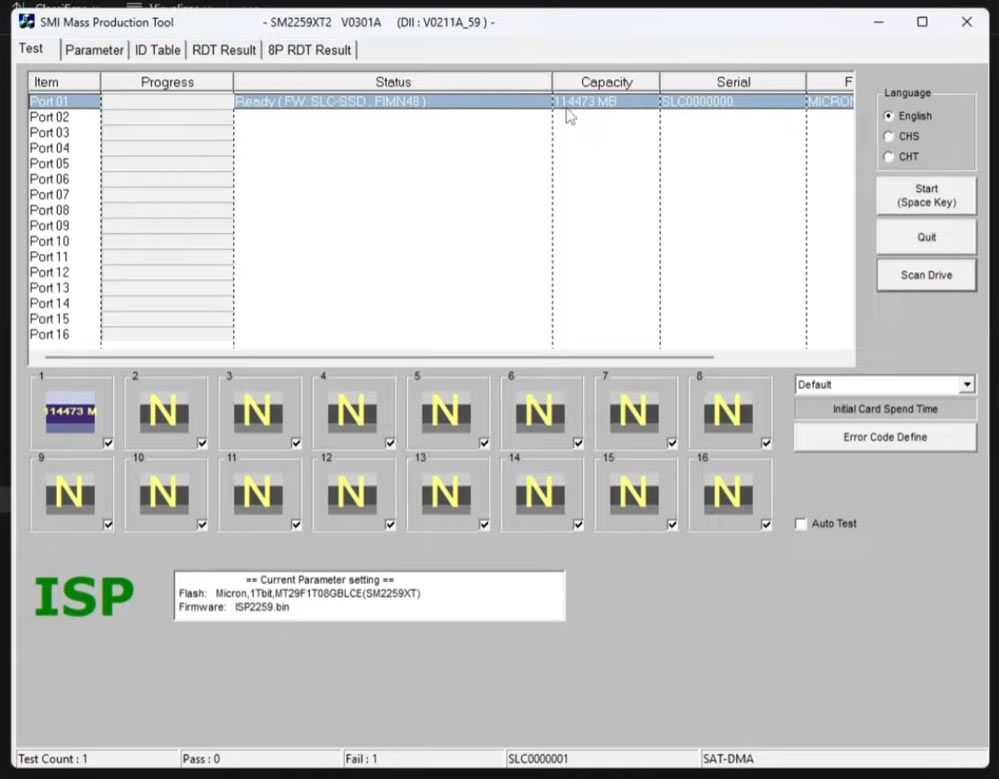Enthusiast mods a 512GB QLC SSD into a 120GB SLC SSD — endurance and performance benefits charted
But of course, the capacity reduction is a big drawback.
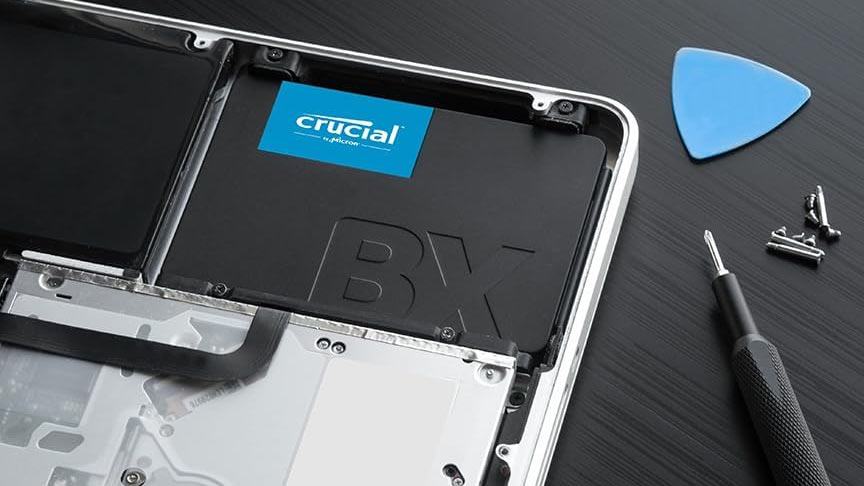
A computer engineer and tech enthusiast has converted his Crucial BX500 512 GB SSD from quad-level cell (QLC) to single-level cell (SLC) NAND, reducing capacity to 120GB in the process. TechPowerUp database maintainer Gabriel Ferraz shared details of his feat, trading capacity for performance and durability, in the video below. Before the end of the video, he also charts the impacts on durability and performance.
The Crucial BX500 512GB SSD is a SATA connector drive that uses QLC NAND to provide a keenly priced half gig of storage for the consumer market. Many buyers will be happy with this product as it is, especially if they are replacing a slow HDD. However, enthusiasts don’t usually warmly embrace QLC storage as it has a reputation for lower performance and questionable durability. Sometimes drives feature DRAM or SLC caches (or use part of your PC RAM) to address some of these concerns.
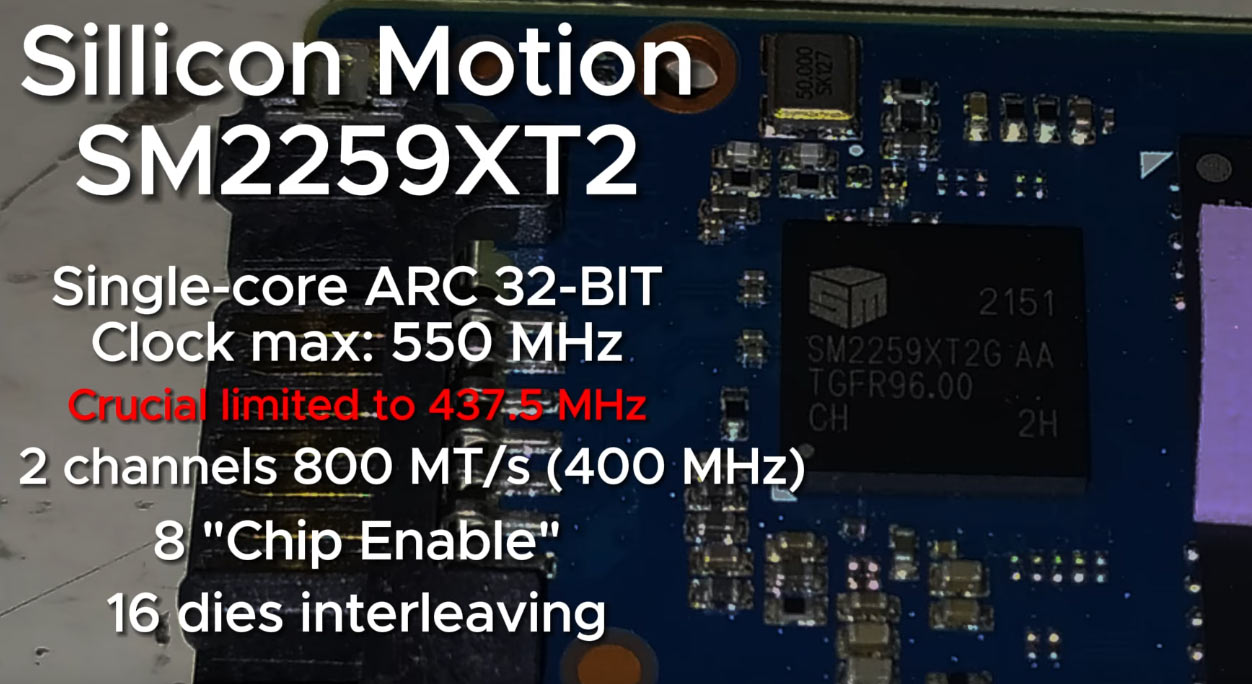
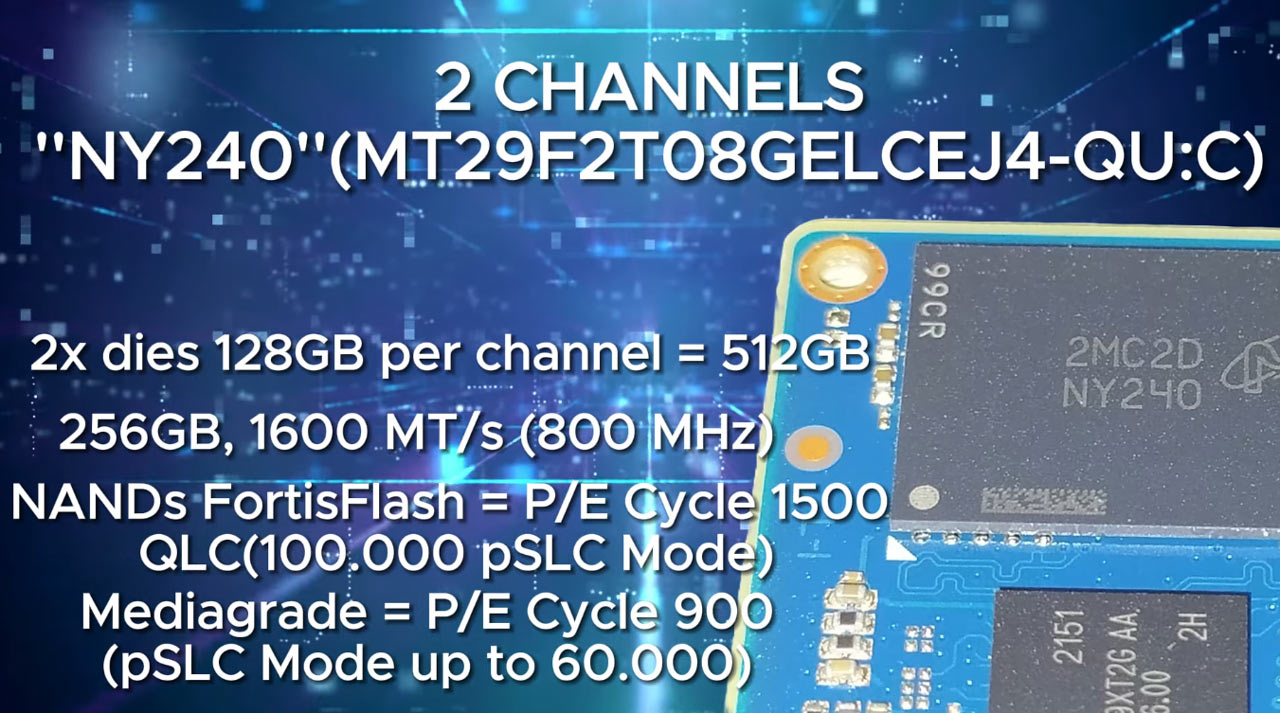
Crucial’s BX500 512GB SSD contains the key components of a Silicon Motion SM2259XT2 controller and NAND flash dies from Micron (the parent company).
Ferraz noted that four NAND dies were onboard his drive and they had NY240 part numbers. This data is important for the QLC to SLC conversion process. For this delicate process, an app called MPtools for the Silicon Motion SM2259XT2 controller was downloaded from the USBdev.ru site, and the correct die reference numbers were carefully inputted. In the video, we get a walkthrough of the process which results in the system seeing a new 120GB SLC drive.
With the process complete Ferraz talks us through the benefits. Probably the primary benefit in the case of the BX500 is the boost in endurance. According to his tests and calculations, post-modification the SSD’s endurance jumps to 4,000 TBW. This is a sizable increase in TBW, in the order of about 3,000%.
In performance testing, using standard tools like ATTO and Crystal Disk Mark, many of the potential benefits of the modification didn’t show themselves due to the drive’s SATA III interface. Thus aspects of performance like data transfer speeds weren’t as impressively scaled as they could have been, but we see more promising uplifts in latencies and access times. However, Ferraz seemed most impressed by the efficiency gains he observed.

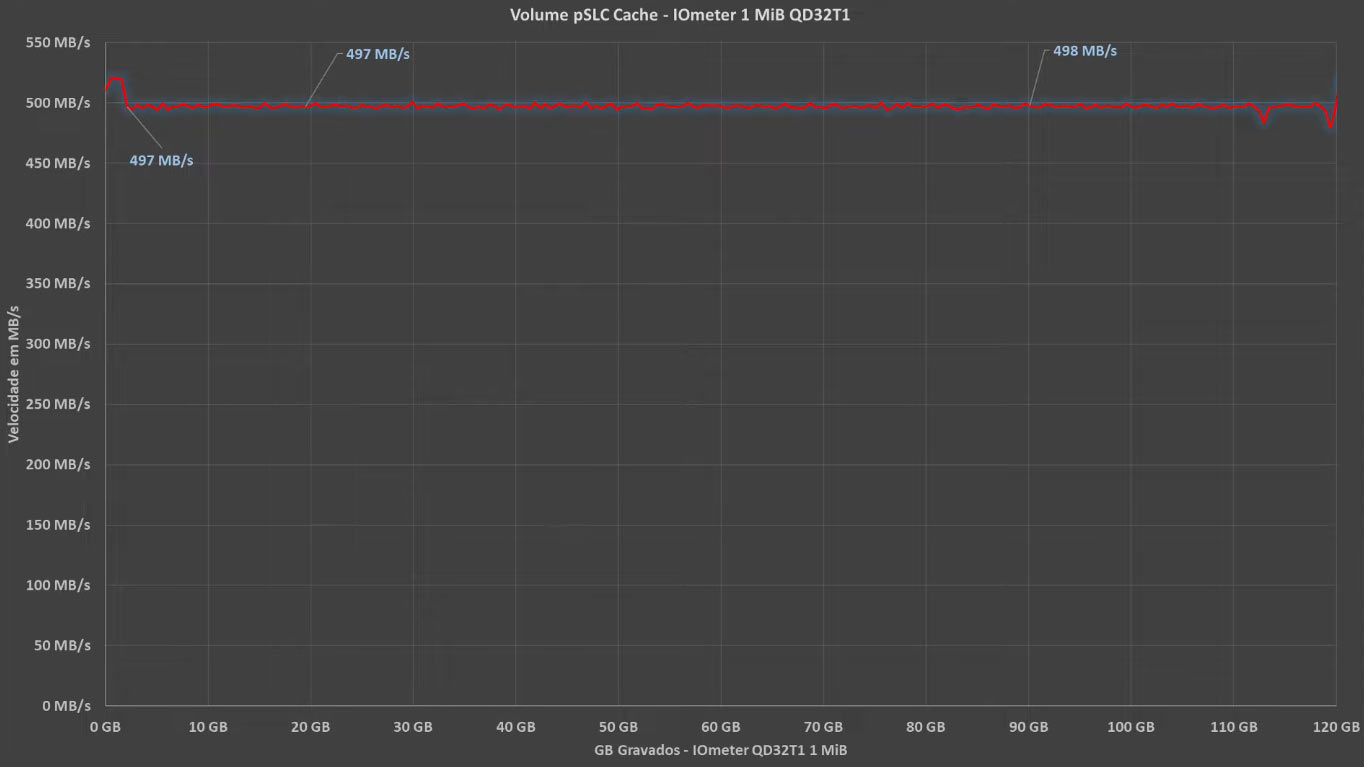
Please be very careful if you feel the impulse to try this SSD mod as Ferraz says you could “kill the drive” if something goes wrong during the process.
Get Tom's Hardware's best news and in-depth reviews, straight to your inbox.
Silicon Motion has been in touch with Ferraz, and apparently, there may be some collaboration to deliver similar SLC mode conversion abilities to M.2 NVMe drives.

Mark Tyson is a news editor at Tom's Hardware. He enjoys covering the full breadth of PC tech; from business and semiconductor design to products approaching the edge of reason.
-
edzieba I'd be immensely sceptical of 'endurance' figures generated by projecting P/E cycles rather than from actual accelerated wear testing.Reply -
jabliese Yes! One step closer to putting jumpers back on drives! Do you want the low capacity/long life version of the drive or the high capacity/less life one?Reply -
slightnitpick Reply
Find a modern, new SLC SSD drive for us, please.Dementoss said:Interesting but, why not just buy an SSD appropriate for your needs? -
evdjj3j Yay, another article with a link to a video of someone else's work. I hope Future pays these people for their content.Reply -
AlB80 SLC = 1 bit = 2 levelsReply
QLC = 4 bits = 16 levels
512GB / (16/2) = 64GB SLC
Is this story true? -
GabrielFerrazTPU Reply
hahahahahah i Certainly hope so manbolweval said:Sounds like Ferraz may have a job offer in his future.. -
GabrielFerrazTPU Reply
it was just an estimative. Real world endurance could be lower because of WAF and the pSLC endurance is hardly close to its maxium in these lower endurance dies.edzieba said:I'd be immensely sceptical of 'endurance' figures generated by projecting P/E cycles rather than from actual accelerated wear testing. -
GabrielFerrazTPU Reply
Kioxia FL6 uses XL-Flash Gen2 which is Native SLC, not a QLC or TLC in pSLC mode, that XL-Flash is native SLC using a 256Gb die in 96-LAyers with 16 Planes.slightnitpick said:Find a modern, new SLC SSD drive for us, please.
Also, Solidigm has many drives using the Intel N38A 144-Layers QLC 1Tb running in pSLC mode as 256Gb SLC like in the D7-P5810
